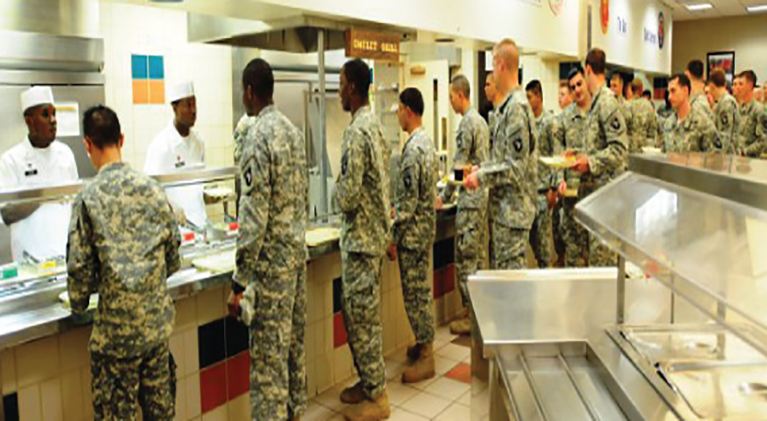An army travels on its stomach. That old saying, true since the time of the Roman legion, remains true today. And the food industry has adopted many of the innovations brought about by military research: Microwave ovens and freeze-drying (think Dippin’ Dots ice cream), to name a couple.
High pressure processing (HPP) could also fit into that category. The US Army’s desire to provide safe, shelf-stable sustenance for its soldiers had a major impact on the development of HPP as a food safety measure.
Enter Dr. Patrick Dunne. Working for the US Army’s Natick Soldier Research, Development and Engineering Center, Dunne and his team were tasked with finding new ways to make food shelf-stable for soldiers in the field. Armed with a Ph.D. in Biochemistry from Brandeis University, Dunne set out to explore ways to increase the shelf life of combat rations, and keep soldiers safe from foodborne illnesses.
Dunne researched methods like radiation and pulsed electric field (PEF), but he happened to come across something novel that piqued his interest.
Dr. Errol Raghubeer, now Avure’s Senior Vice President, HPP Science and Technology, was working in the Seattle-Tacoma, Washington area with HPP as a means of increasing shelf life without damaging nutrition or taste. And while machines that created high-pressure for industrial projects were in use, there wasn’t any built specifically for treating food with HPP…yet.
“Cooperation between the food industry, the government and the tech industry was key for the development of HPP”
The scientists needed an HPP machine to generate and hold pressure for precise units of time, to allow different types of food to be treated. Working with Flow International (now Avure Technologies), the first HPP machine developed specifically for food was engineered in order to further the research.
Cooperation between such wide and varied entities as Oregon State University, The Ohio State University, the US military, NASA, the Institute for Food Safety and Health and several major food processors, to name a few, helped further develop the technology and applications, leveraging government grant dollars to help fund the research.
”Cooperation between the government and industry partners was key for the development of HPP,” said Dunne. “That teamwork helped shepherd HPP into its maturity.”
By the early 2000s, food company pioneers were using HPP to extend the shelf life of refrigerated food like guacamole, salsa and ready-to-eat meats without chemical additives and preservatives. The military found application for HPP in packaging shelf-stable wet pack fruits for combat rations.
Today, HPP has entered the mainstream. As consumers demand cleaner labels, more and more large food processors are incorporating HPP to extend the shelf life of their products without heat or chemicals. And what was once a new process is now a conventional food safety practice in many large food and beverage companies.

